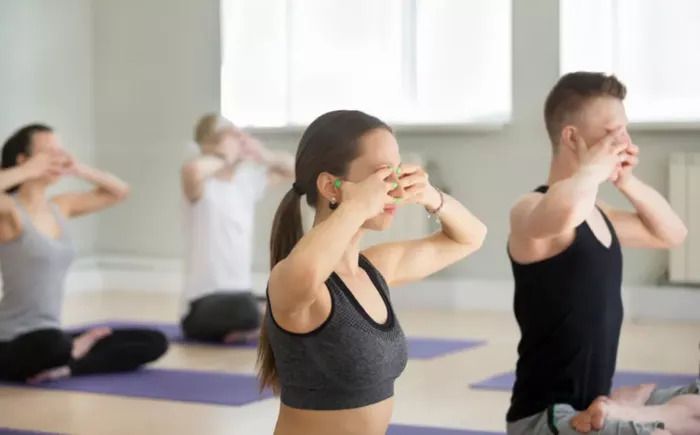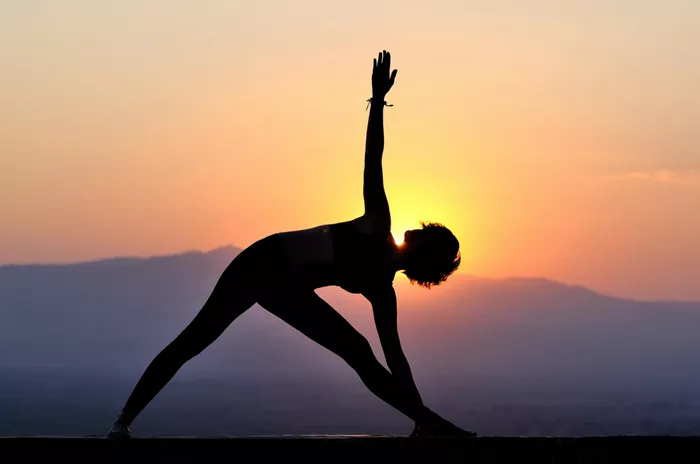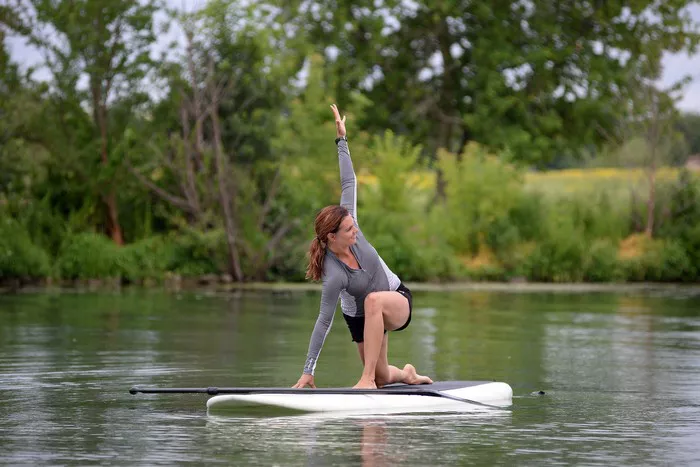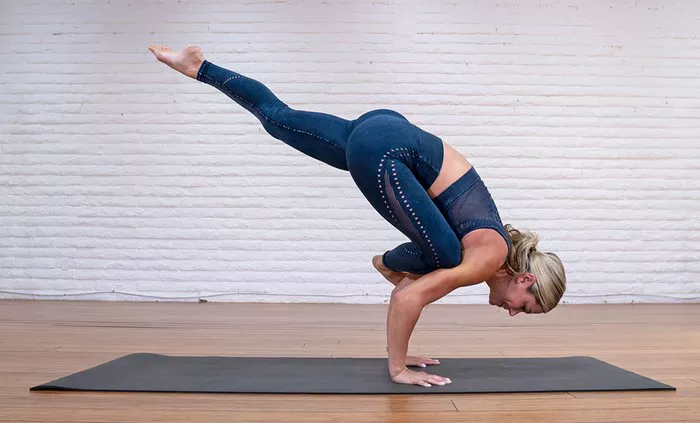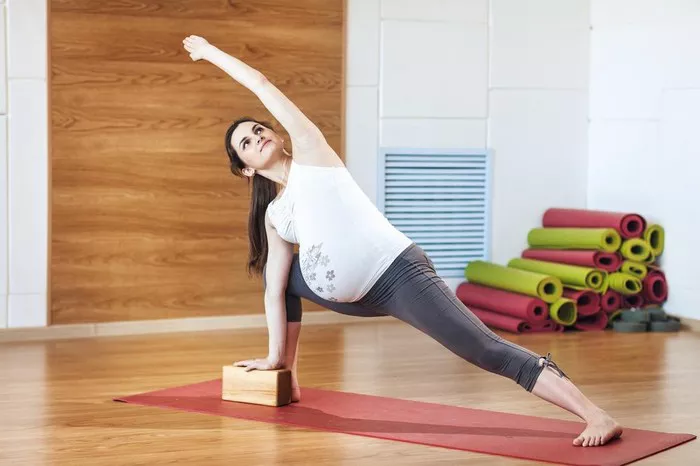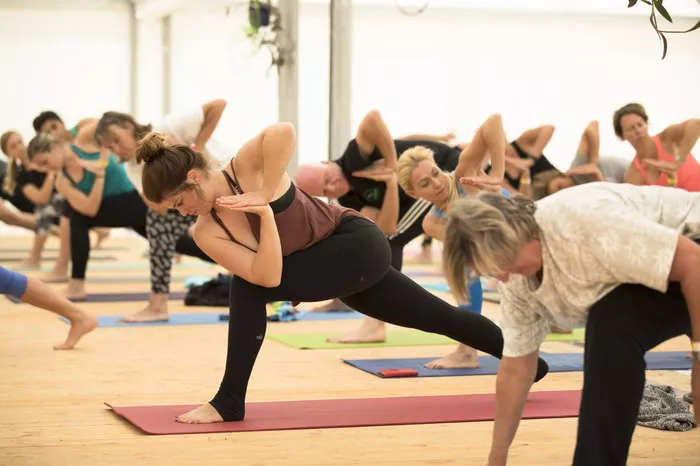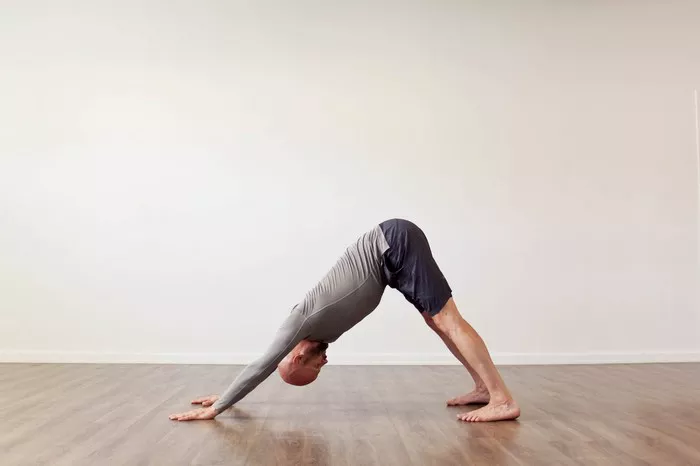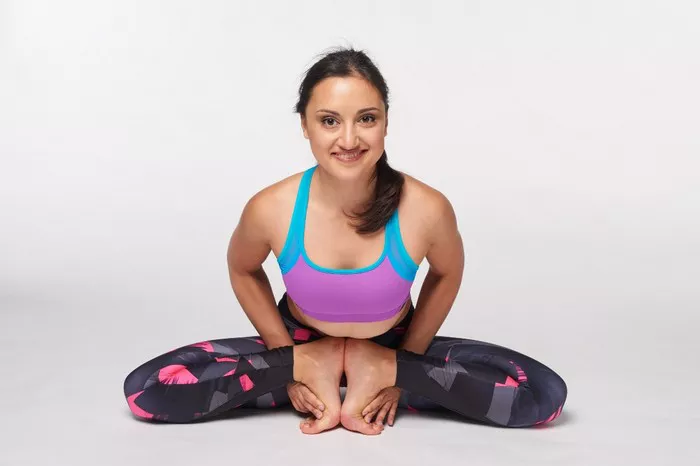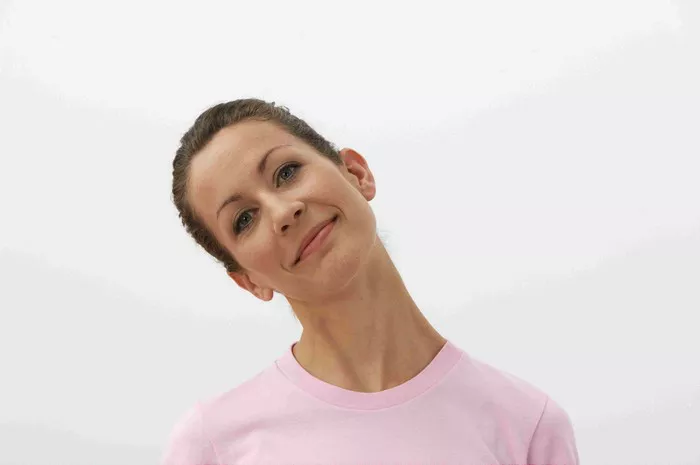Iyengar Yoga, developed by B.K.S. Iyengar, is one of the most practiced and influential styles of yoga worldwide. Known for its meticulous attention to detail, precise alignment, and use of props such as blocks, straps, and blankets, Iyengar Yoga offers practitioners a methodical approach to improving their physical health, mental clarity, and spiritual well-being. This practice is especially beneficial for those who want to explore yoga deeply, with an emphasis on achieving proper alignment and holding postures for extended periods of time.
In this article, we will explore how to do Iyengar Yoga at home. Whether you are a complete beginner or an experienced practitioner, this guide will help you build a strong foundation in Iyengar Yoga and understand how to practice it safely and effectively in the comfort of your own space.
What Is Iyengar Yoga
Before diving into the specifics of how to practice Iyengar Yoga at home, it is essential to understand what sets it apart from other styles of yoga. While many styles of yoga emphasize the flow of movement and breath, Iyengar Yoga focuses on precision in posture (asana), alignment, and holding poses for a longer duration. The core principles of Iyengar Yoga are:
Alignment: Correct alignment ensures that the body is properly positioned in each pose, preventing injury and maximizing the benefits of the practice.
Precision: This refers to the correct execution of each asana, paying attention to each body part and its position relative to the others.
Sequencing: Iyengar Yoga follows specific sequences of poses that build strength, flexibility, and stability in a methodical manner.
Props: The use of props such as blocks, straps, blankets, and bolsters helps support and modify poses, allowing practitioners to access deeper stretches and maintain proper alignment.
Setting Up Your Yoga Space at Home
Creating an environment conducive to yoga practice is essential for a successful and enjoyable session. Since Iyengar Yoga often involves the use of props, your home practice space should be spacious and organized. Here are some tips for setting up your yoga space:
Find a Quiet Area: Choose a space where you won’t be easily distracted. This can be a corner of a room or a designated yoga studio area.
Flooring: A non-slippery surface such as a yoga mat or carpet is ideal for Iyengar Yoga practice. You might want to layer your mat with a blanket for added support in certain poses.
Props: Iyengar Yoga typically involves using props to assist with alignment and stability. Ensure you have the following props on hand:
- Yoga blocks (two or more)
- Yoga straps or belts
- Blankets
- A bolster
- A wall (if possible, to assist with certain poses)
Lighting and Ambience: Dim lighting or natural light can create a calming atmosphere. Consider adding some soothing music or aromatherapy to help relax your mind.
Essential Poses in Iyengar Yoga
In Iyengar Yoga, a typical session is structured around a series of asanas that promote strength, flexibility, balance, and relaxation. As a beginner, it’s important to familiarize yourself with a few foundational poses. Below are some of the key postures and their benefits:
Tadasana (Mountain Pose)
This simple standing pose forms the foundation for many other poses in Iyengar Yoga. It involves standing tall with your feet together, engaging the thighs, and aligning your spine. Tadasana helps improve posture, balance, and awareness.
Adho Mukha Svanasana (Downward-Facing Dog)
This classic yoga pose stretches the hamstrings, calves, and spine, while also strengthening the arms and shoulders. In Iyengar Yoga, emphasis is placed on aligning the hands, feet, and hips to create a straight line from the hands to the feet.
Vrksasana (Tree Pose)
This balancing pose strengthens the legs, improves focus, and enhances flexibility in the hips. In Iyengar Yoga, attention is paid to grounding the standing foot and aligning the hips and shoulders.
Trikonasana (Triangle Pose)
This standing pose stretches the sides of the body, strengthens the legs, and improves flexibility in the hips and spine. In Iyengar Yoga, the use of props like blocks helps deepen the stretch and maintain proper alignment.
Savasana (Corpse Pose)
Savasana is a restorative pose that promotes relaxation and rejuvenation. It is typically done at the end of an Iyengar Yoga session to allow the body to absorb the benefits of the practice.
Sequencing Your Iyengar Yoga Practice
In Iyengar Yoga, sequences are typically designed to address different aspects of physical health, from building strength to enhancing flexibility. Sequencing involves starting with simple, foundational poses and gradually progressing to more complex postures. The practice often includes variations and adaptations of poses based on the individual’s body type, experience level, and any injuries or limitations they may have.
Example of a Beginner’s Iyengar Yoga Sequence:
Tadasana (Mountain Pose) – 5 to 10 breaths
Adho Mukha Svanasana (Downward-Facing Dog) – 5 to 10 breaths
Vrksasana (Tree Pose) – Hold for 30 seconds each side
Trikonasana (Triangle Pose) – Hold for 30 seconds each side
Setu Bandhasana (Bridge Pose) – Hold for 10 breaths
Supta Baddha Konasana (Reclining Bound Angle Pose) – Hold for 5 to 10 minutes for relaxation
Savasana (Corpse Pose) – 5 to 10 minutes of deep relaxation
This sequence can be adjusted based on your experience and specific needs. Beginners should focus on holding each posture for a short time, gradually increasing the duration as their flexibility and strength improve.
Breathing in Iyengar Yoga
Breathing, or pranayama, is a key component of Iyengar Yoga. The practice of controlled breathing helps calm the mind, increase energy levels, and support physical alignment. In Iyengar Yoga, the breath is synchronized with the movements of the body to maintain a smooth and steady flow throughout the practice.
Key Principles of Breath Control in Iyengar Yoga:
Ujjayi Pranayama: This is a breathing technique where the breath is slightly constricted in the back of the throat, producing a soft, whispering sound. It helps calm the mind and deepen the practice.
Inhalation and Exhalation: Ensure that the breath is slow, smooth, and controlled. During more intense poses, the exhalation should guide the release and deepening of the pose, while the inhalation brings energy and stability.
Using Props in Iyengar Yoga
Props are an essential part of Iyengar Yoga and are used to support the body in various asanas, help maintain proper alignment, and extend the duration of the pose. As a beginner practicing at home, props can be particularly helpful in deepening your practice and preventing injury. Below are some common props used in Iyengar Yoga:
Yoga Blocks: These can be used under the hands or feet to bring the floor closer to you, especially in standing poses or seated stretches.
Yoga Straps: Straps help extend the reach of your arms or legs, making it easier to maintain proper alignment, especially in stretches like Paschimottanasana (Seated Forward Fold).
Blankets: Blankets provide extra padding and support, particularly in restorative poses such as Savasana or Viparita Karani (Legs Up the Wall Pose).
Bolsters: These are especially useful for restorative poses where you need additional support for the spine or knees.
Safety Tips for Practicing Iyengar Yoga at Home
While Iyengar Yoga is generally safe and effective, it is essential to approach your practice with mindfulness and caution. Here are some safety tips to keep in mind:
Listen to Your Body: Always practice within your limits. Do not push yourself into a posture that causes discomfort or pain.
Use Props for Support: Props are designed to help you maintain proper alignment and prevent strain. Don’t hesitate to use them, especially in poses that challenge your flexibility or balance.
Warm Up Properly: Before jumping into more intense postures, ensure that you warm up your body with gentle stretches and movements.
Focus on Alignment: Alignment is key to preventing injury. Take time to ensure your body is positioned correctly in each pose, especially when using props.
Avoid Overstretching: Iyengar Yoga encourages holding poses for a longer duration, but be careful not to overstretch your muscles. It’s important to feel a gentle stretch, not pain.
Creating a Consistent Practice
To truly experience the benefits of Iyengar Yoga, it’s important to create a regular practice routine. Set aside a specific time each day or week to practice, and make it a priority in your schedule. The consistency of your practice will help improve your alignment, flexibility, and overall well-being.
Start with shorter sessions, gradually building up as your body adapts. Over time, you will notice improved strength, flexibility, and a deeper connection between your mind and body.
Conclusion
Iyengar Yoga offers a thoughtful and structured approach to yoga practice that can be easily adapted for at-home sessions. With a focus on alignment, precision, and the use of props, it allows practitioners to develop a deeper understanding of their bodies and achieve greater physical and mental well-being. By following the guidelines outlined in this article, you can build a solid foundation for practicing Iyengar Yoga at home, ensuring both safety and effectiveness in your practice.
Related Topics:

